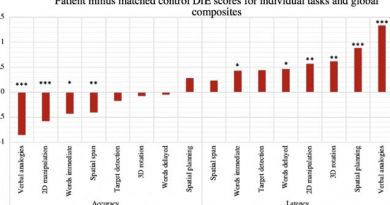Keeping indoor humidity levels at a ‘sweet spot’ may reduce spread of COVID-19: New study links very dry and very humid indoor environments with worse COVID-19 outcomes
We know proper indoor ventilation is key to reducing the spread of Covid-19. Now, a study by MIT researchers finds that indoor relative humidity may also influence transmission of the virus.
Relative humidity is the amount of moisture in the air compared to the total moisture the air can hold at a given temperature before saturating and forming condensation.
In a study appearing today in the Journal of the Royal Society Interface, the MIT team reports that maintaining an indoor relative humidity between 40 and 60 percent is associated with relatively lower rates of Covid-19 infections and deaths, while indoor conditions outside this range are associated with worse Covid-19 outcomes. To put this into perspective, most people are comfortable between 30 and 50 percent relative humidity, and an airplane cabin is at around 20 percent relative humidity.
The findings are based on the team’s analysis of Covid-19 data combined with meteorological measurements from 121 countries, from January 2020 through August 2020. Their study suggests a strong connection between regional outbreaks and indoor relative humidity.
In general, the researchers found that whenever a region experienced a rise in Covid-19 cases and deaths prevaccination, the estimated indoor relative humidity in that region, on average, was either lower than 40 percent or higher than 60 percent regardless of season. Nearly all regions in the study experienced fewer Covid-19 cases and deaths during periods when estimated indoor relative humidity was within a “sweet spot” between 40 and 60 percent.
“There’s potentially a protective effect of this intermediate indoor relative humidity,” suggests lead author Connor Verheyen, a PhD student in medical engineering and medical physics in the Harvard-MIT Program in Health Sciences and Technology.
Source: Read Full Article



